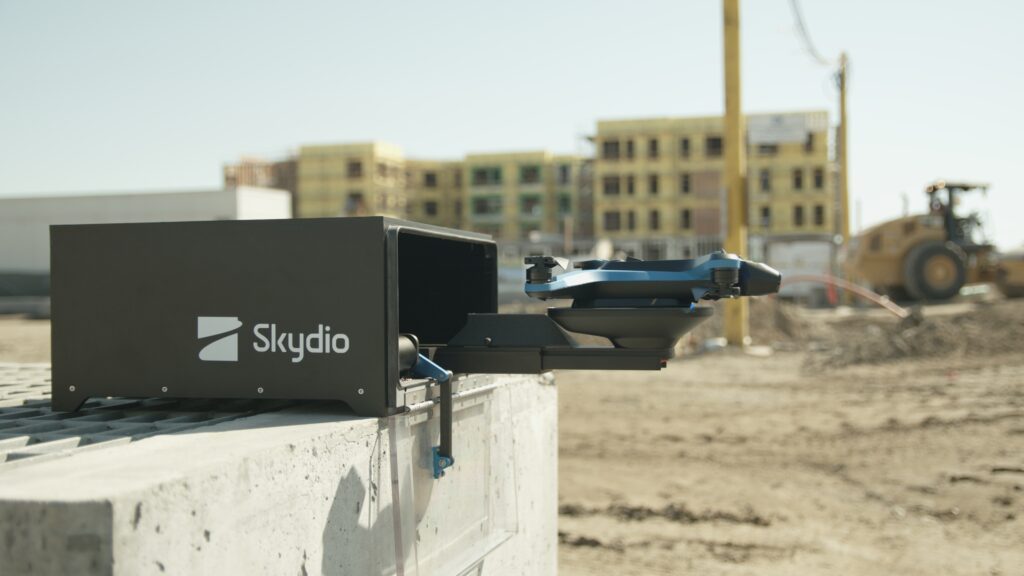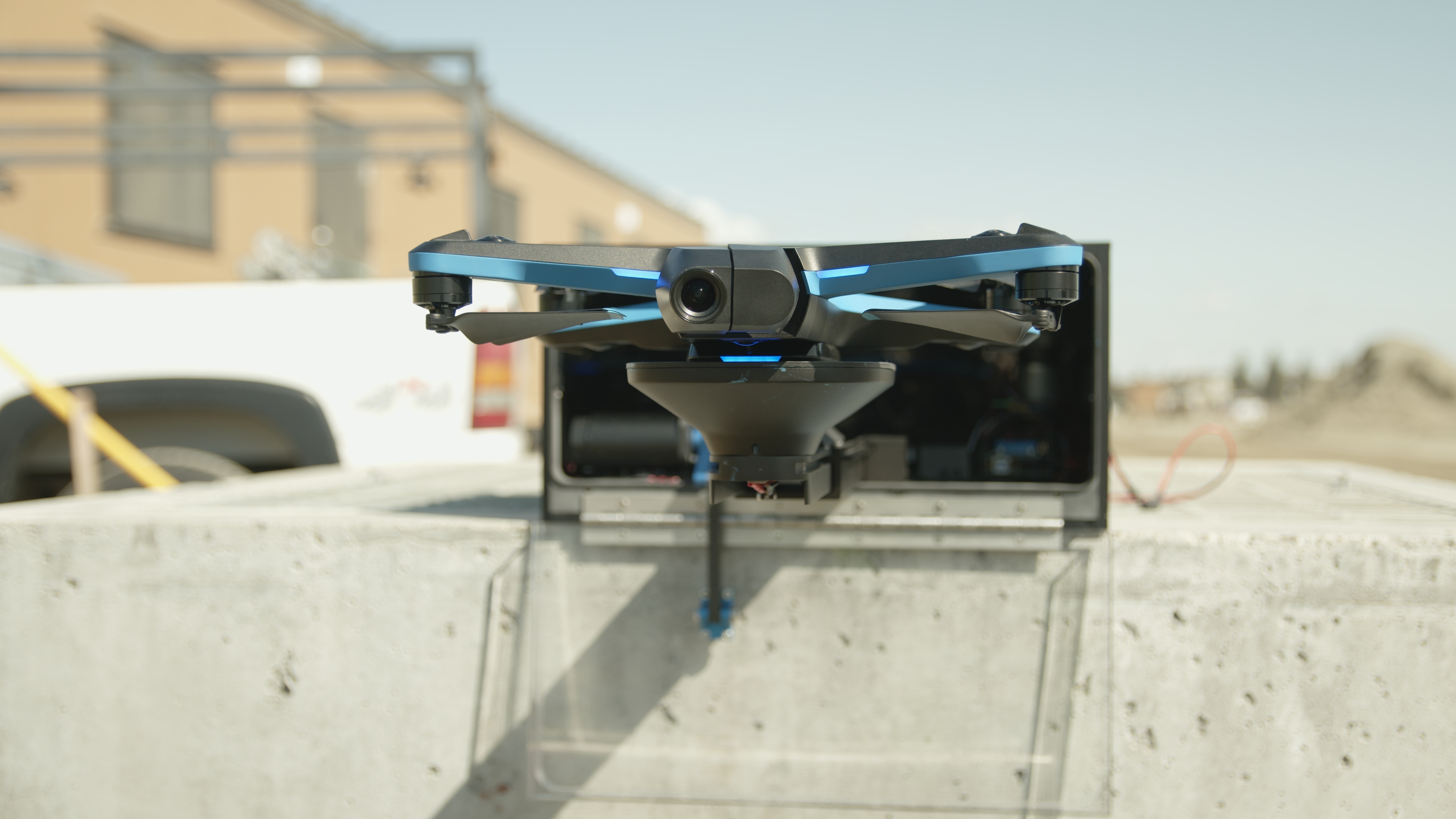Earlier this month the highly anticipated Skydio 2 landed, revamping the original R1 and sending a clear message to hobbyist drone pilots and professionals: You don’t have to fly with DJI.
Aside from all the bells and whistles of the new release – which include (still) unmatched computer vision, an improved camera, longer flight time, a crash guarantee, and a cheaper opening price than the original – Skydio also announced a partnership with DroneDeploy.
The new drone is being integrated with DroneDeploy’s mapping platform. The idea is to put it to work for inspections and analytics missions.
That move is part of a wider push by the company to make its autonomy tech available to third parties via an SDK. In an article published on the Skydio 2’s launch day, the company said, “Over the next few months you’ll see Skydio 2 in the hands of first responders saving lives, you’ll see it get new skills that let it inspect structures of all shapes and sizes, and you’ll see it integrated into fully autonomous workflows.”
At the time we didn’t pay much attention to the notion of “fully autonomous workflows.” It sounded intriguing but, as you can imagine, there was a lot of other stuff to cover. Today, after an announcement at DroneDeploy’s conference in San Fransisco, we now know exactly what Skydio was referring to with that phrase.
The Skydio 2 Dock: Beyond a Drone in Box

The company has launched the Skydio 2 Dock, a self-contained, weatherproof, charging base station for Skydio 2.
The Dock is designed to provide a persistent drone presence that will be ideal for worksites that require regular mapping missions or inspections.
Inside is a special battery that has contacts on the bottom to wirelessly charge the drone. The Dock opens and closes like a CD changer using robotic actuation, and the drone finds its way home using visual fiducials, so it’s not dependent on GPS.
Skydio intends for the Dock to be a key part of integrating the new drone into enterprise workflows. DroneDeploy will be among the first to use Skydio’s SDK to automate mapping missions through the new base station, which includes a Wi-Fi- and Ethernet-connected computer to transfer data after each flight.
The concept of a “drone in a box” has long offered the promise of fully automated data collection for myriad enterprise applications. However, nothing has come close to delivering on those promises. Existing solutions are massively complex, expensive, and impractical. And beyond all of this, if you want persistent operations that don’t require a pilot in the loop, you need a drone that’s smart enough to fly itself.” – Skydio

A statement from the company says that combining persistence with industry-leading autonomy has the potential to increase the return on investment of drone programs ten-fold.
“Of course, persistent operations also open up new regulatory questions,” says the statement. “We see promising signs in the latest BVLOS waivers, and we also believe that a smaller, lighter drone, with advanced onboard obstacle avoidance, is an inherently safer starting point for this technology to be deployed. We look forward to partnering with our first customers and regulators to roll this product out responsibly.”
Fully autonomous flights are still widely restricted by industry regulators. But this could be a significant step and is worth keeping an eye on – particularly as waivers are becoming easier to come by and Part 107 rules are set to evolve in the future.
Skydio has not yet revealed pricing information for the new Dock. Interested parties are being asked to contact the manufacturer directly.
Malek Murison is a freelance writer and editor with a passion for tech trends and innovation. He handles product reviews, major releases and keeps an eye on the enthusiast market for DroneLife.
Email Malek
Twitter:@malekmurison
Subscribe to DroneLife here.







[…] California startup Skydio launched a new drone for the consumer market: Skydio 2. Then came a docking station that looks set to propel the same aircraft onto worksites around the […]